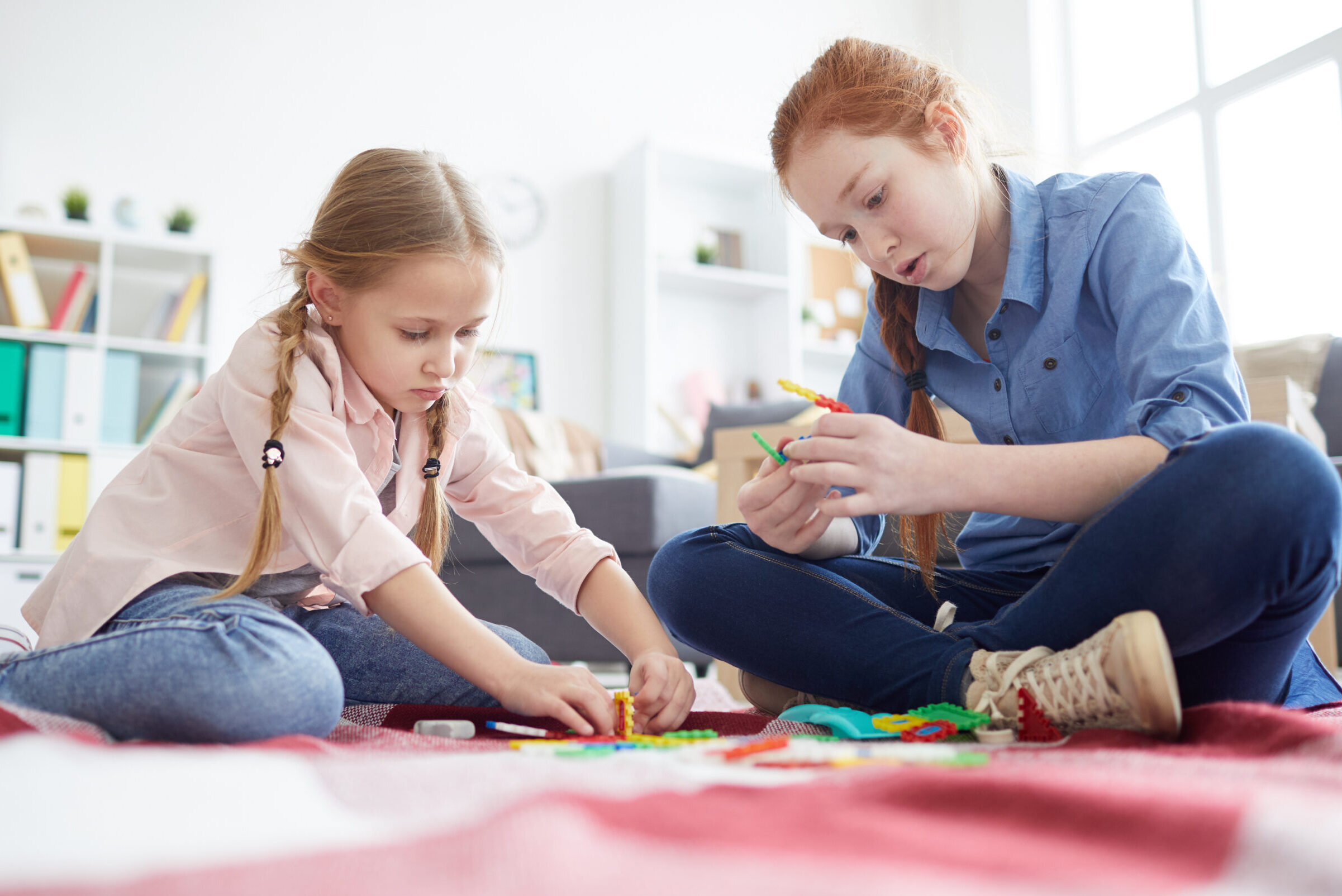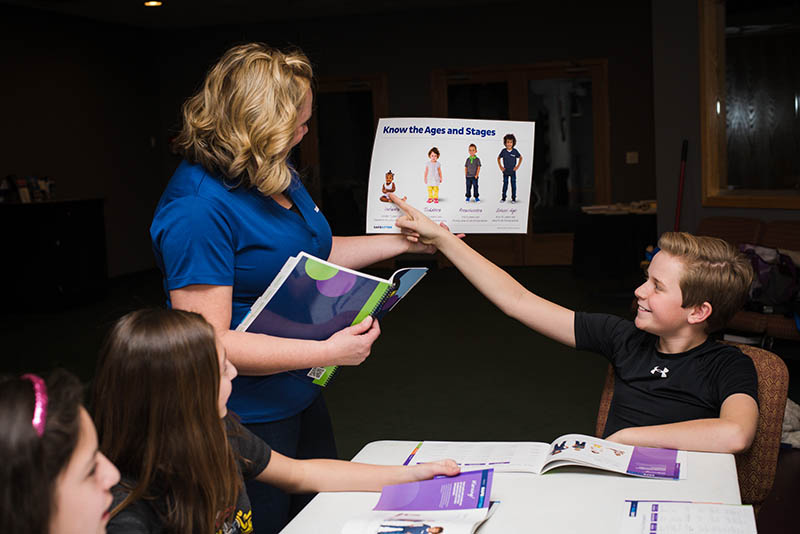Safe Sitter® represents more than a curriculum—it embodies a philosophy and an approach to teaching. Founder Patricia A. Keener, M.D. created the program to educate young teens and give every student the opportunity to succeed. Motivated by her deep love for children of all ages, she viewed adolescents not as problems to be managed, but unique individuals with intrinsic worth.
Many youth-serving organizations analyze current and prospective programs using the nationally-recognized Positive Youth Development Model (PYD) that Richard M. Lerner developed. If you plan to add Safe Sitter® programs and use PYD as a framework, the following Safe Sitter® best practices will help you evaluate if these programs are right for your community!
Caring: Showing sympathy and empathy for others.
- Instructors are enthusiastic and committed to young adolescents.
- Instructors treat every child with respect.
- Instructors model caring behaviors, encouraging students to behave kindly toward the children they babysit and, eventually, toward their own children.
- Students treat the dolls and manikins as real infants or children.
- Instructors emphasize the concept of no physical punishment and stress the advantages of non-physical behavior management techniques.
- Instructors discuss age-appropriate comforting techniques for unhappy, hurt, or sick children.
Character: Taking responsibility and demonstrating integrity.
- Instructors admit when they do not know the answer to a student’s question, find the correct answer, and share it with the student.
- Instructors tactfully and promptly correct misinformation from students or other Instructors.
- Instructors address incorrect information shared in class and ensure accuracy across all interactions.
Competence: Acting effectively in the classroom and on the job.
- Instructors maintain control of their students.
- Instructors define behavioral limits for students at the start of the course.
- Instructors respond appropriately and accurately to every student question.
- Instructors follow the schedules outlined in the Instructor Manual, presenting material logically to keep students engaged.
- Course designers meticulously structure the courses to match the developmental stage of young adolescents, ensuring successful learning and retention.
Confidence: Believing in a student’s ability to succeed.
- Instructors use review questions to check students’ understanding.
- Instructors give each student individual attention during skills practice to cheerlead good performance and correct technique errors.
- Instructors consider possible reasons for student behavior, such as lack of sleep, hunger, or boredom, and address them positively.
Connection: Helping students feel safe and fostering belonging.
- Instructors nurture a learner-centered classroom climate.
- Instructors tailor examples and questions to the students’ culture, environment, and gender.
- Instructors make courses accessible to students regardless of race, culture, religion, gender, or income level.
- Instructors foster a friendly but professional relationship with students by offering frequent positive reinforcement and encouraging insecure young adolescents.
- Parents/guardians of Safe Sitter® graduates monitor their children’s activities after course completion, whether at home alone, watching siblings, or babysitting.
Contribution: Encouraging student participation.
- Instructors ensure students have adequate hands-on practice time with manikins to maximize mastery.
- Instructors encourage all students to participate in discussions.
- Instructors facilitate a highly participative Safe Sitter® course, using low student-to-Instructor ratios to provide skills assessment and constructive feedback.
For an in-depth look at the curriculum, check out a sample of our curriculum or take a closer look at each course below. Consider adding Safe Sitter® programs to improve the quality of life for teens and families in your community.



